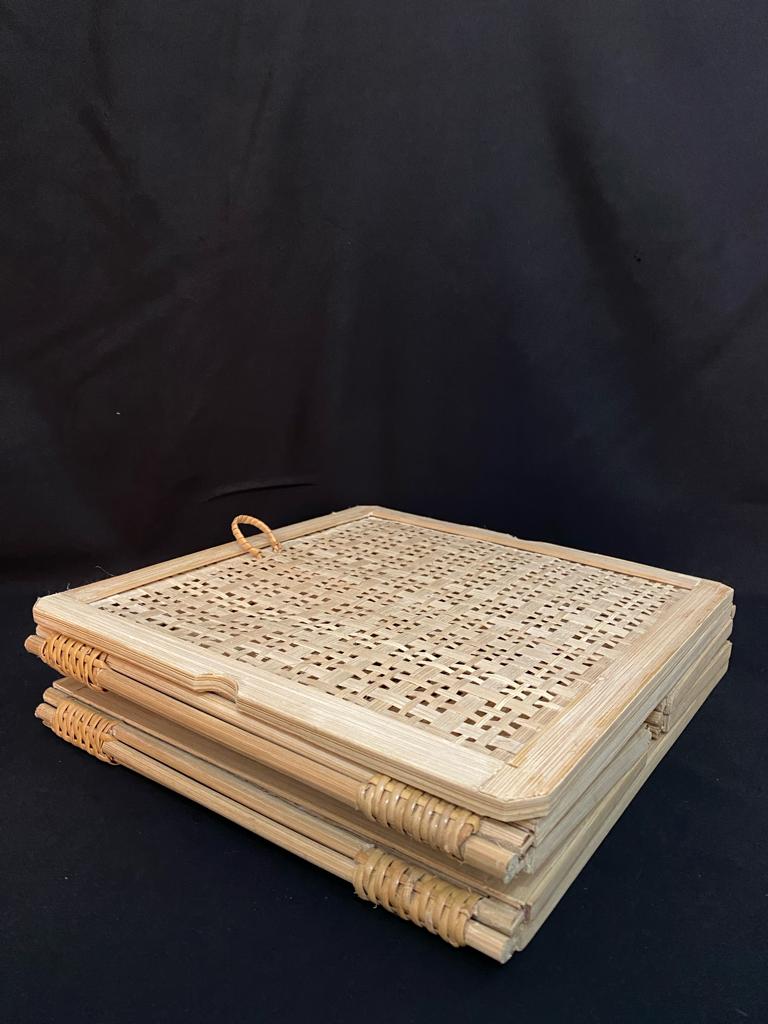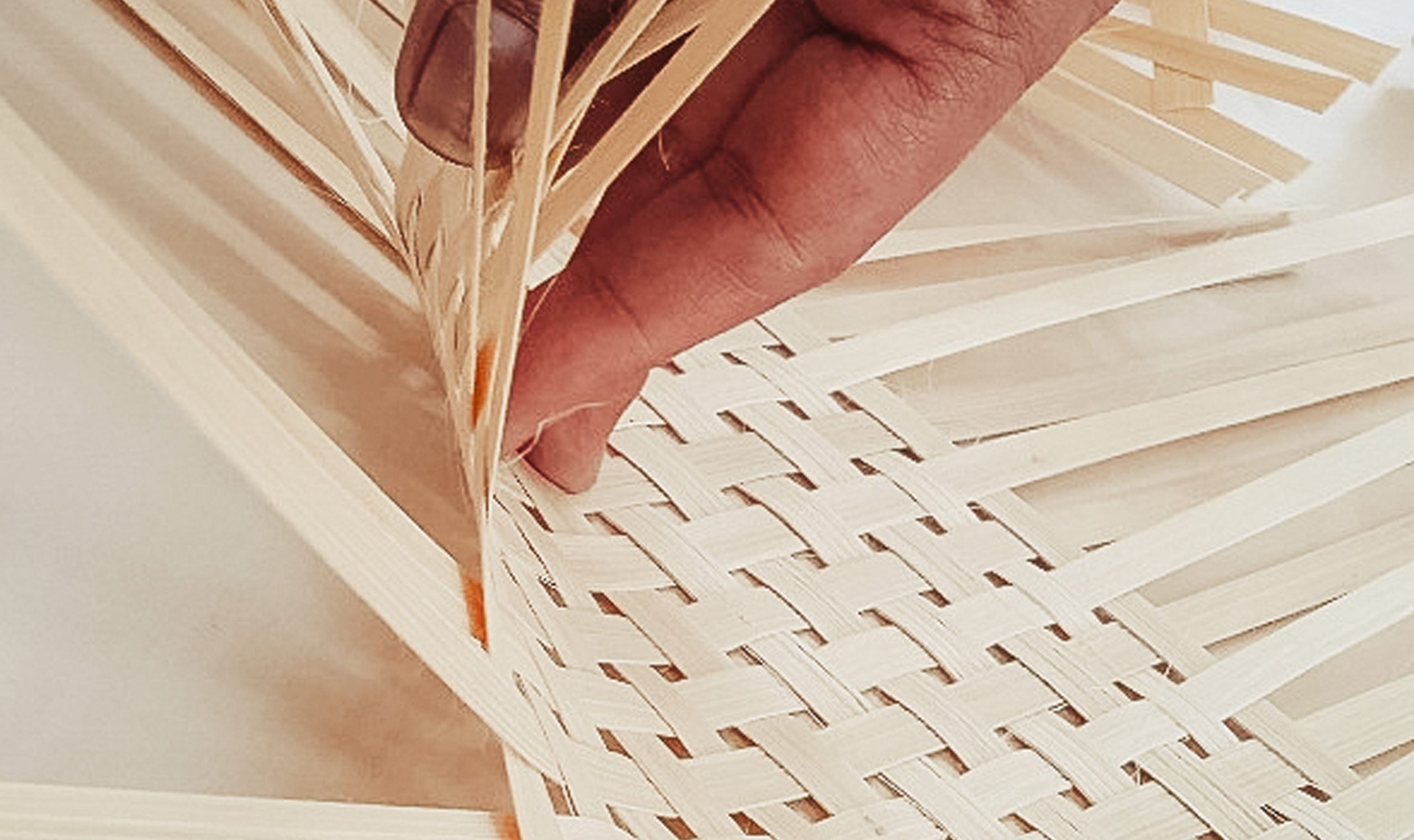Handicrafts, crafted by skilled artisans, are unique. They preserve culture, traditions and heritage of a region or country. Their beauty and cultural relevance make them stand out from machine-made products.
They can boost local economies by providing employment and supporting small-scale industries. They showcase creative talent and promote sustainable practices.
Handicrafts immerse people into vast cultural histories. From Asian embroidery to African beadwork, from weaving techniques to South American pottery designs – each represents a unique style that bestows historical richness.
UNESCO states traditional handicraft is part of intangible cultural heritage, acquired through human creativity over generations.
Economic Importance of Handicrafts
Handicrafts have significant economic value, providing employment opportunities and contributing to the national economy. Handicrafts also play a crucial role in preserving cultural heritage, promoting tourism and encouraging local entrepreneurship. Additionally, the economic impact of handicrafts extends to the production of raw materials, transportation, wholesale and retail sectors. With the increase of e-commerce platforms, handicrafts have expanded their market reach, boosting economic growth and reducing poverty.
Moreover, handicrafts have been a part of human history for millennia, developing diverse techniques and designs. For instance, Stone Age artifacts demonstrate the intricate artistic skills of early humans. Through the centuries, handicrafts have demonstrated functional, aesthetic, religious and cultural significance. The rise of industrialization and globalization threatened the survival of handicrafts, but through reforms and investments, it has regained its importance.
Crafting a job with their own hands, the artisans not only create beautiful handicrafts, but also opportunities for themselves and their communities.
Job Creation in Handicraft Industry
Handicrafts are a major source of employment. They have a huge effect on job creation, especially in rural and urban areas. People have been passing down traditional skills and crafts for generations, giving sustainable employment to millions.
The potential of handicrafts is huge. They offer jobs to disadvantaged communities, including women and young people. Crafting requires creativity, innovation and artistry skills, resulting in an income. Products are sold both locally and exported internationally. Handmade items are valued globally for their uniqueness, cultural significance and eco-friendliness. Consumers are becoming more aware of the sustainability and ethical production of handmade products. This is inspiring artisans to become self-employed or set up small businesses by selling their products.
Source: https://craftythinking.com/why-are-handicrafts-important-2/




Leave a Reply